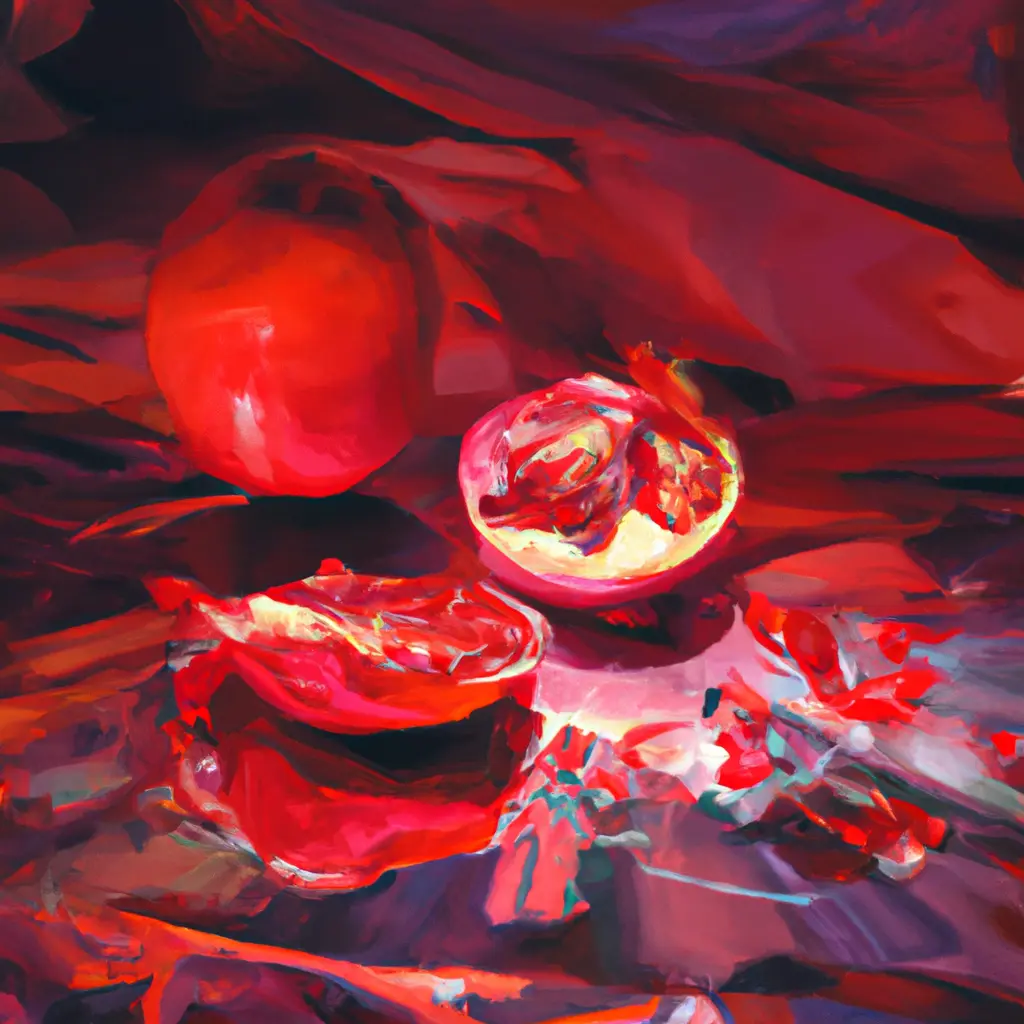Mary Pratt's new biography: successes in Canada's art world - Macleans.ca

Mary Pratt, a renowned Canadian artist and the protagonist of a new biography, transformed jam jars, egg trays, and a bucket of trout into works of art (photo by Ned Pratt, courtesy of Mary Pratt's estate).
Mary Pratt saw the extraordinary in the ordinary objects that made up her life. The Canadian artist is renowned for her ability to depict domestic scenes with vivid color and the power of light: with a brush, a fish fillet or a crate of eggs took on the characteristics of Caravaggio. Now, five years after her death at age 83, Pratt is the subject of a new biography, Mary Pratt: An Affair with a Vision, written by art historian Ann Koval. "For Pratt, painting has always been an attempt to hold on, to preserve forever the fleeting effects of light on objects," says Koval.
This book is the only authorized biography about Pratt.
Koval wrote it in close collaboration with the artist and gained unprecedented access to archival materials and diary entries. "An Affair with a Vision" is the first to describe in vivid detail how Pratt's art intersects with her life, and evolves from the basic idea that her work, spanning five decades, is a subtle form of self-portraiture. Her focus on household objects stems in part from vivid memories of her New Brunswick home: lit jam jars on the windowsill, a red sweater hanging on a chair.
Pratt began painting at a young age. Her mother used to color black-and-white photographs as a hobby, and she taught Pratt and her sister to color them with watercolors at the dining room table. Pratt's unique style of photorealism, which she began working on in the late 1960s, continued in this vein: she photographed her life and used the photographs as support for her paintings. In 1970, she concluded that her technique looked like cheating, so she gave up painting. She only returned to her craft when her daughter said: "If you're not an artist, what can you be? "
In the mid-1970s, Pratt's work took off and gained national attention. Her success collided with the second wave of feminism. Although the press largely categorized her as a "kitchen artist," a style that feminists largely ignored, Pratt was much more than just that.
Pratt considered the painting "The Dinner Table," painted in 1969, to be the starting point of her career. When she noticed the fall evening light falling on the dining table, she began to paint. "The light will change," said her husband Christopher Pratt, and he photographed the scene for her. She used this image to create her first photorealistic painting.
"Cold Cream" (1983)
One of many portraits of Donna Meany, Pratt's friend despite a previous affair with Pratt's husband. Pratt, who often painted Mini nude, saw these portraits as a visual conversation with her husband and endowed them with her own sense of power, marital anxiety and anger.
"A Specimen from Another Time" (2001)
captures a jar of red apple jelly that Pratt's younger sister, Barbara Cross, made at home and packed in a freezer bag to send to Pratt. Thanks to Pratt's painting, jellybeans are doubly preserved, and the title implies that jelly-making was probably a dying art.
This painting, called Bed (1968), is from a period before Pratt found her distinctive style. She walked into her bedroom one morning and the sunlight falling on her bed brought her to her knees. She set up her tripod and began painting. She and Christopher couldn't sleep on the bed until she was done, weeks later.
When Pratt's daughter, Ann, cut the head and tail off the fish, cleaned it, and laid the body out on a glass plate, Pratt painted "Grills on Glass" (1980). The tray almost seems like a ghost, completing the shape of the missing parts of the fish. "Some people might consider it macabre, but it's Mary," Koval says.
Pratt painted "Scarlet Threads, Pomegranate Pieces" in 2005, a year after her divorce from fellow artist Christopher. This large-scale work reflects the end of her marriage: a separated, bleeding pomegranate symbolizes Mary, while another pomegranate, symbolizing Christopher, remains intact.
Comment
Popular Posts
Popular Offers

Subscribe to the newsletter from Hatamatata.com!
Subscribe to the newsletter from Hatamatata.com!
I agree to the processing of personal data and confidentiality rules of Hatamatata














